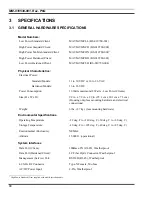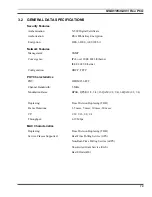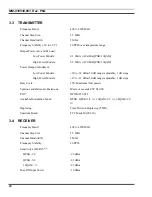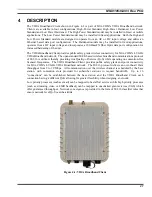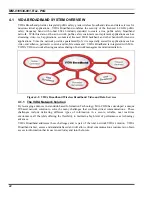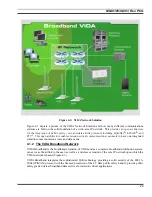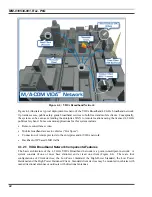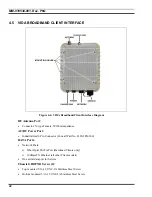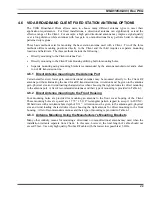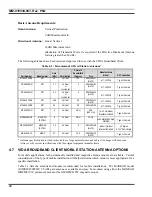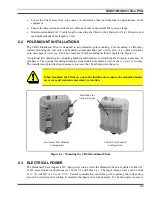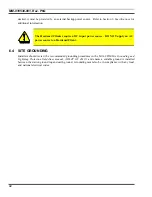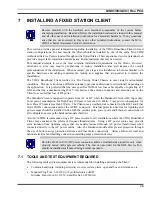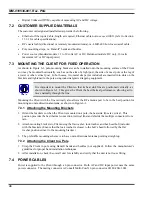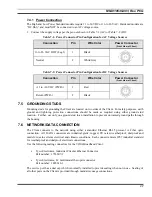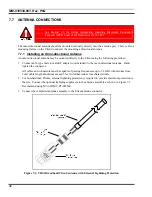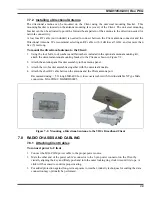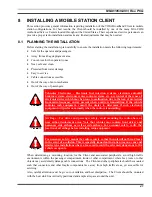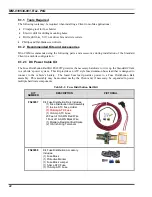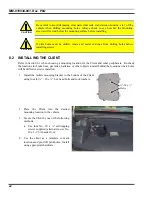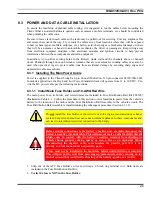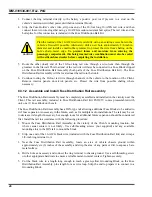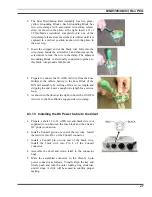
MM-010539-001, Rev. P6G
32
6
PLANNING A FIXED STATION INSTALLATION
Careful planning a preparation of any installation will always benefit the end result. Follow these simple
recommendations when planning your installation:
1.
Always read and follow all installation instructions, local and national building and electrical codes,
and general safety rules.
2.
Before beginning the installation, collect information from the Site Deployment Order (SDO) specific
to the site access such as:
•
Permission to access the site.
•
Important contact names and telephone numbers.
•
Location of and directions to the site.
•
Keys and/or lock combinations to access the site and equipment shelter (if any), or points of
contact to obtain them.
•
Site entry alarm system pass-codes and/or disable keys.
•
Information about work practices needed to work safely at the site.
3.
Other important information that may or may not be included on the SDO includes:
•
Type of mounting—metal pole, wooden pole, tower base, exterior wall, etc.
•
Drawing or description of each site showing how the equipment is to be installed.
•
Applicable inspections completed (pole installation, electrical, local build code, etc.).
4.
When necessary, pre-stage a site installation to become familiar with the specific hardware and
cabling, tooling and supplies that are needed to complete the installation.
6.1 SITE
EVALUATION
Before installing the VIDA Broadband Client, the System Engineer and installer should plan the site
installation. Since higher RF frequencies do not readily pass through trees or buildings, consideration
should be given to the following:
•
Ensure there are no obstructions (such as buildings or trees) in the radio path between base station and
client units.
•
Ensure the any future building construction or tree growth will not obstruct the radio path.
•
Ensure there is sufficient clearance around the Fresnel Zone so there is minimal interference from
obstacles along the radio propagation path.
•
Ensure the installation adheres to any local and national building codes and permits.
•
Ensure sufficient electrical power is available at the installation site.
•
When using directional antennas, align the antenna to maximize the received signal strength
indication (RSSI) from the base station.
•
Ensure the area around an omni-directional antenna is clear (at least 30 inches) so as not to distort the
RF pattern.

